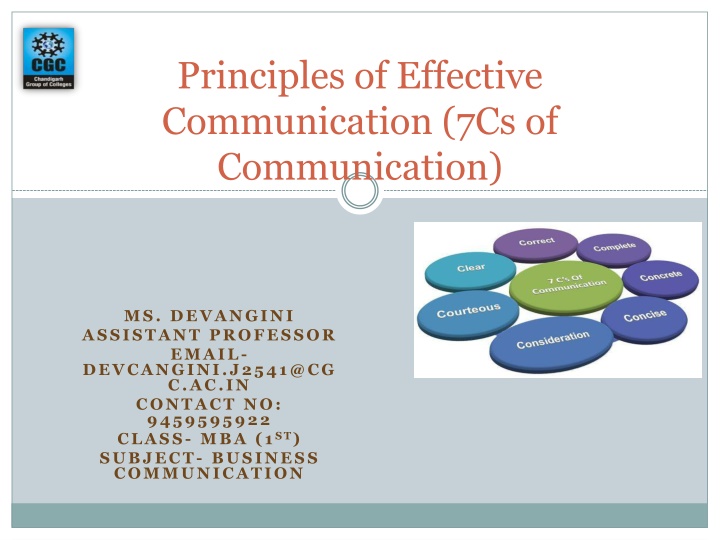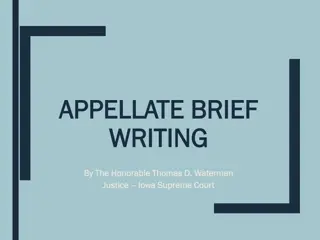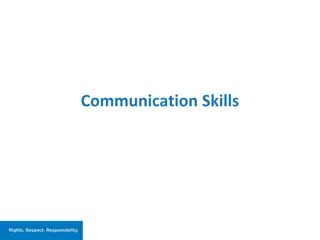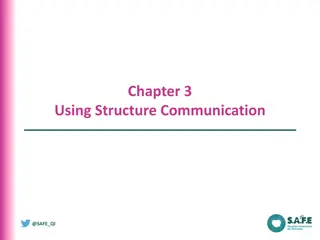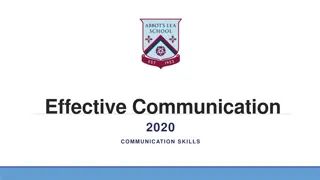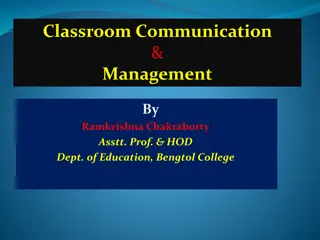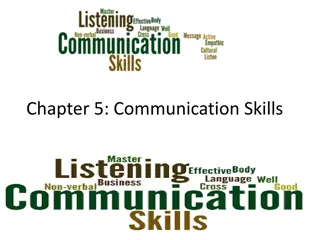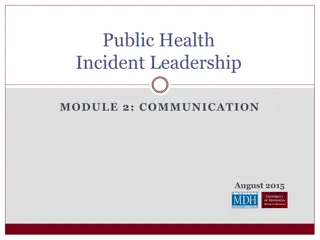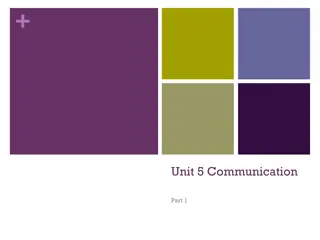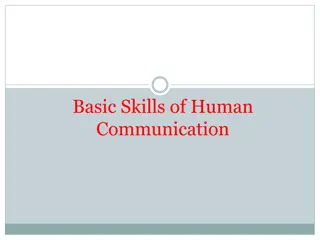Principles of Effective Communication - Enhancing Clarity and Impact
Master the art of effective communication with the 7Cs principles - Completeness, Conciseness, Consideration, and Concreteness. Learn how to convey messages clearly, concisely, and considerately to enhance impact and understanding. Explore practical tips for improving your communication skills in both oral and written forms.
Download Presentation

Please find below an Image/Link to download the presentation.
The content on the website is provided AS IS for your information and personal use only. It may not be sold, licensed, or shared on other websites without obtaining consent from the author.If you encounter any issues during the download, it is possible that the publisher has removed the file from their server.
You are allowed to download the files provided on this website for personal or commercial use, subject to the condition that they are used lawfully. All files are the property of their respective owners.
The content on the website is provided AS IS for your information and personal use only. It may not be sold, licensed, or shared on other websites without obtaining consent from the author.
E N D
Presentation Transcript
Principles of Effective Communication (7Cs of Communication) MS. DEVANGINI ASSISTANT PROFESSOR EMAIL- DEVCANGINI.J2541@CG C.AC.IN CONTACT NO: 9459595922 CLASS- MBA (1ST) SUBJECT- BUSINESS COMMUNICATION
EFFECTIVE COMMUNICATION Our language is effective when the language used is appropriate, the message conveyed is clear and the predetermined purpose is achieved A listener must be an active listener It is applicable to both oral and written
Completeness The communication must be complete It should convey all facts required by the audience The sender must take into consideration the receiver s mindset Features- No crucial information is missed 2. Leaves no questions unanswered 1.
Check for five Ws and one H for completeness Who What When Where Why How
Conciseness Communicating what you want to convey in least possible words Be short and to the point Avoid repetition and unnecessary words Include only relevant material Features- 1. Provides short and essential message in limited words 2. Message becomes appealing and comprehensible
Eliminate Wordy Expressions Use single words in place of phrases E.G.- WORDY CONCISE At this time Due to the fact that Now Because
Consideration Implies, stepping into the shoes of others Take note of audience s viewpoints, education level, background, emotions, problems etc Do not hurt self-respect and emotions of others Modify your words to suit the audience s needs Features- 1. Emphasize on you approach. Show optimism towards your audience
Concreteness Be particular and clear rather than fuzzy and general Concrete messages are not misinterpreted Ensure all the important details and facts are mentioned Features- Make sure the words are clear and build the reputation 2. It is supported with accurate facts and figures 1.
Example of Concreteness VAGUE, GENERAL, INDEFINITE CONCRETE AND PRECISE Students GMAT scores are higher In 1996, the GMAT scored averaged 600; by 1997 they had risen to 610
Clarity Make sure the goal of your message reaches the audience Keep your message simple and easy to understand Features- It makes understanding easier 2. Clarity of thoughts and ideas enhances the meaning 1.
Examples of Clarity Use simple words COMPLEX WORDS SIMPLE WORDS Subsequent Later Disclose Show Unadulterated Pure Troublesome Tough
Courtesy Shows sender s expression and respect towards the receiver The sender of the message should be polite, enthusiastic, courteous and sincere Avoid the use of passive / aggressive tone, be honest and open Features- 1. Courteous message is positive and focused on the audience
Correctness It implies that there are no grammatical errors in communication Features- The message is exact, correct and well-timed 2. Correct communication boosts the confidence level 3. Correct message puts a great impact on the audiences or the receiver 1.
The right form of language, accuracy and acceptable words Select the right level of language for your communication, either formal or informal Formal language is mostly used in a business communication Check for correct figures, facts and words
